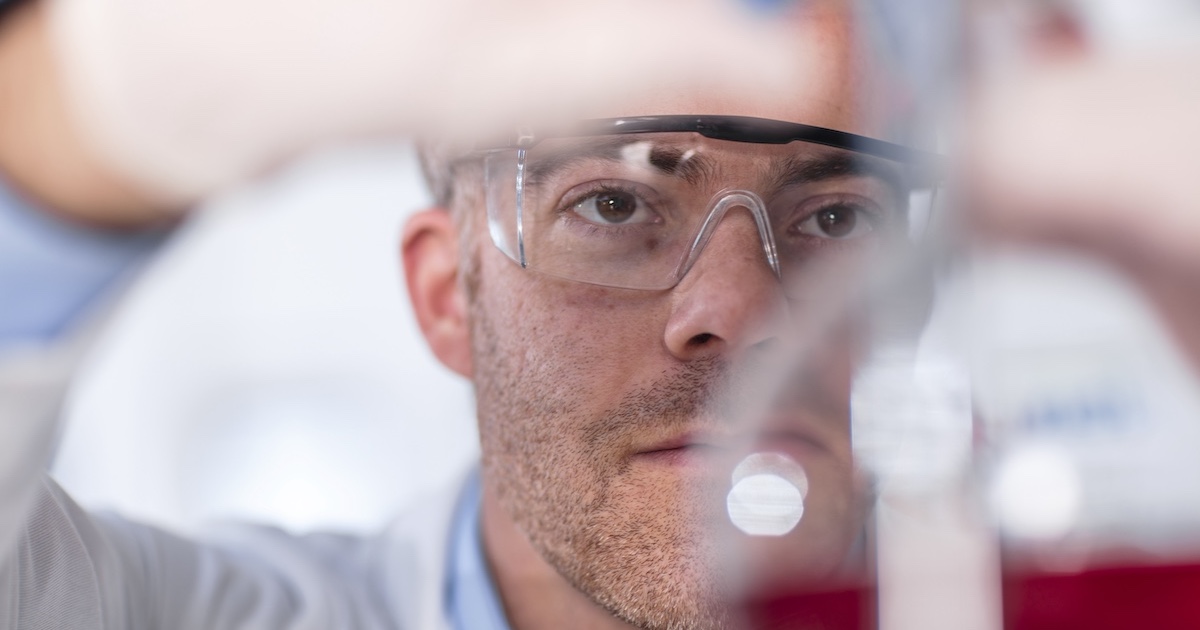Samsung has taken a bold step toward co-CEO Boo-Keun Yoon’s January proclamation that 90 percent of the company’s 600 million-plus electronic products would be connected to the Internet by 2017.
At the Internet of Things World conference in San Francisco, Samsung Electronic president and chief strategy officer Young Sohn announced the release of a hardware module, or system-on-a-chip, to help developers and software engineers bring new apps and Internet-connected devices to the marketplace across industries, including healthcare.
The ARTIK platform includes three levels of modules, all of which boast Bluetooth and cloud connectivity and can support Android and iOS operating systems, making it easier for developers of all stripes to create devices that can speak to one another on an array of platforms.
The ARTIK 1 - currently the smallest IoT module available, according to Samsung - is designed for low-power and small-form IoT applications. The ARTIK 5, which Samsung claims delivers a balance of size and power, is best used in home hubs, drones and high-end wearables, and the ARTIK 10, with 2GB DRAM with 16GB flash memory, is capable of supporting home servers and media applications and can be used in industrial settings.
The applications for these modules could spur connectivity in the rapidly expanding home healthcare market.
As more hospitals and health networks move to outpatient procedures and battle readmission rates, they are engaging home monitoring and patient engagement strategies to monitor and analyze patient data valuable to providers.
Home dialysis machines, for example, could, in real-time, notify a caregiver of a patient’s health from his or her living room, as opposed to having the patient make daily trips to a clinic or other healthcare scenario, which not only creates stress on the patient but costs providers staff and time.
With the three different modules available, developers can create more robust wearable applications and heart rate monitors, producing better sleep apnea reports and even alerting physicians to falls, strokes or other accidents in the home via connected devices.
The home healthcare market, at its current rate of growth, is expected to reach $150.8 billion by 2018, according to a recent report by Transparency Market Research, and developments like Samsung’s ARTIK modules could push that number higher as life expectancy rises and more seniors opt to stay in their homes.
The World Health Organization expects that in 30 years more than 2 billion people will be 65 years or older, creating a larger space in the already growing home healthcare market.
"We need to create powerful open platforms that will harness the information generated by IoT to develop new insights and new approaches to meet the challenges we face as a society," Sohn said.
Samsung has already released its own wearable fitness device, Simband, and with the release of this new family of chips the company is putting its future in the hands of developers to use its processing power to take the IoT leaps and bounds beyond calorie counting.


